
The way to your dog’s heart is through its stomach. – Me again
As a dog owner, I can’t even remember how many times my pet gave me those puppy eyes when I’m having my snack. We all know that not everything on our plates is safe for our little friend, despite the need to share. Today we’ll explore some surprising foods and whether or not they are dog-friendly.
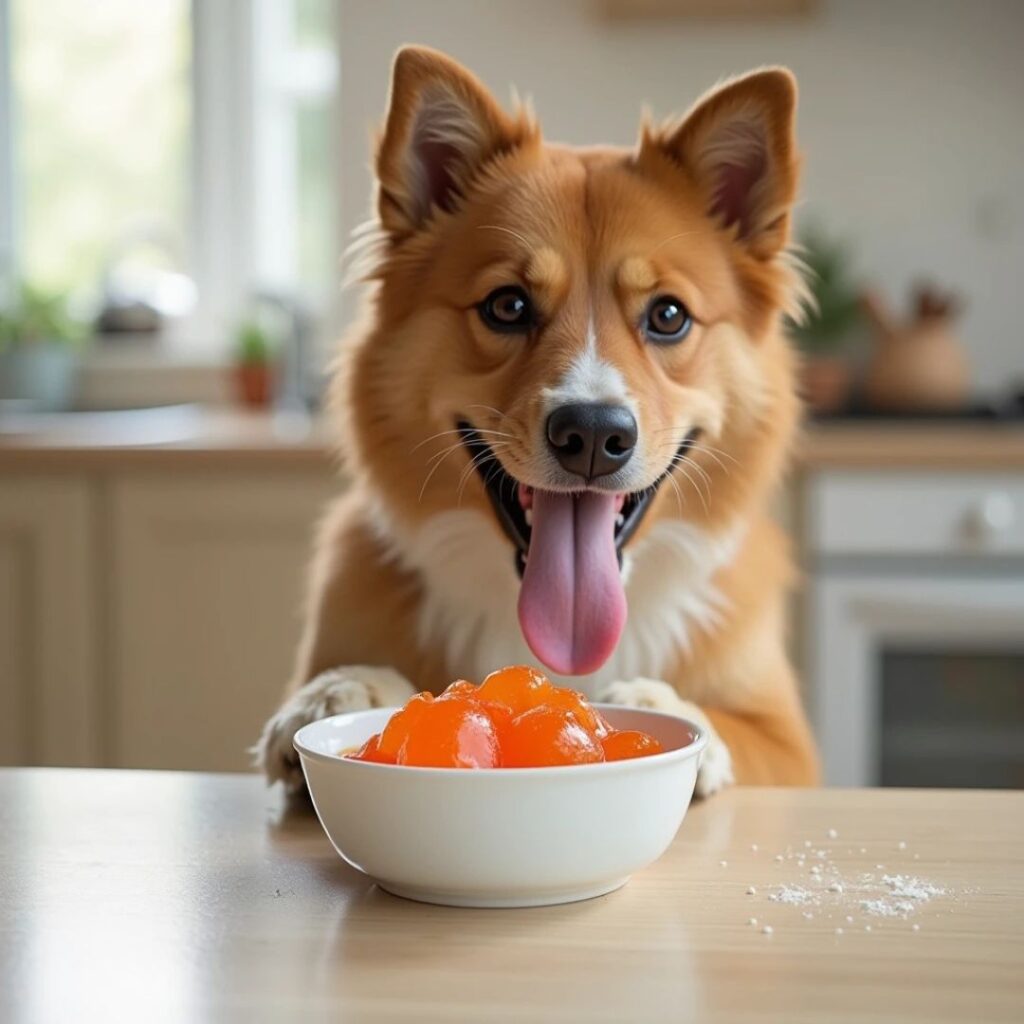
Who would have thought that your favorite jiggly dessert’s main ingredient would also be beneficial to dogs? Not only is it safe, but the unflavored gelatin may even be good for your dog.

Yes, your dog may enjoy those fake crab sticks as a wonderful treat! But they are not ideal either. I personally give them to my dog from time to time.
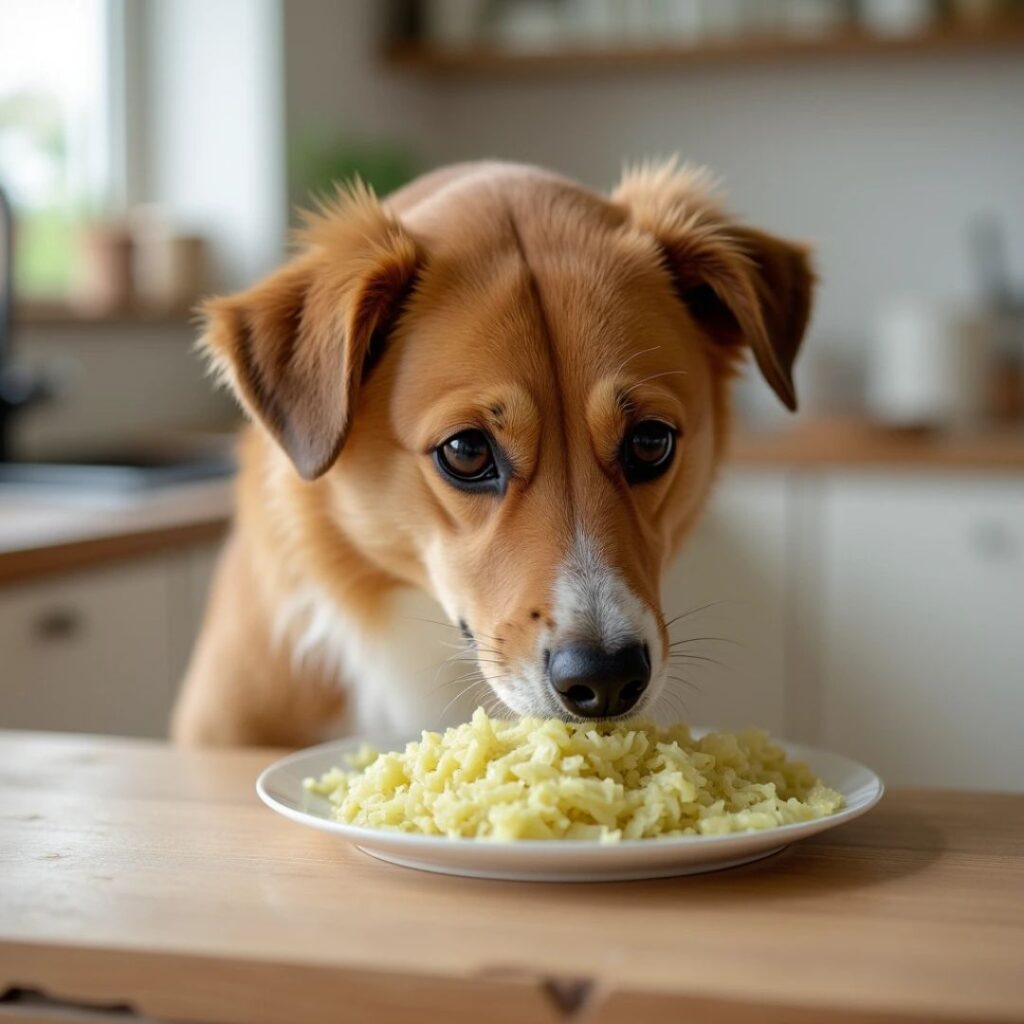
Believe it or not, the sauerkraut contains probiotics that are good for your dog digestion, but too much can also cause gas… whether it’s cooked or raw, you can give it to your dog with moderation (Not as a daily dish)
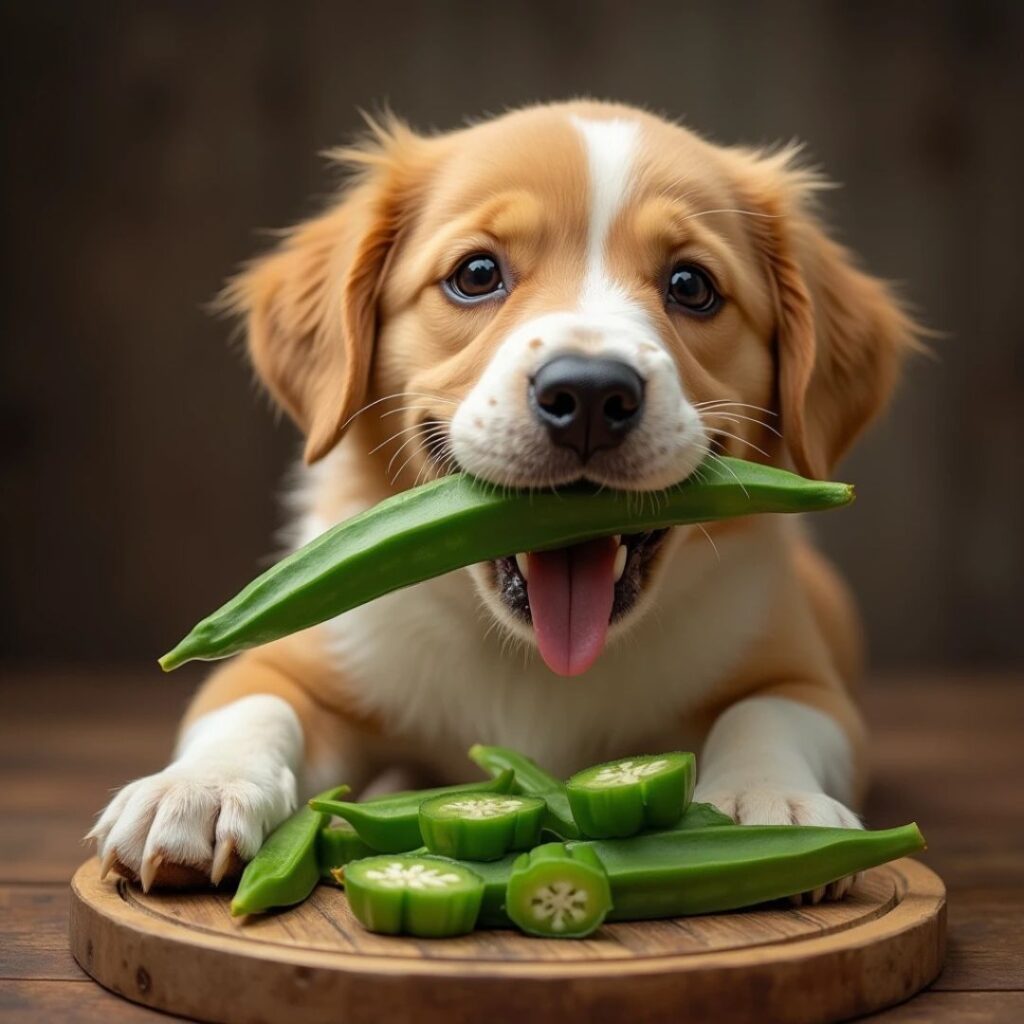
Although some dogs may not enjoy eating okra, many do! Okra is a nutritious choice because it is high in fiber and low in calories. Keep in mind that fried okra isn’t good for your dog because it contains unhealthy oils and fats involved in it’s frying.
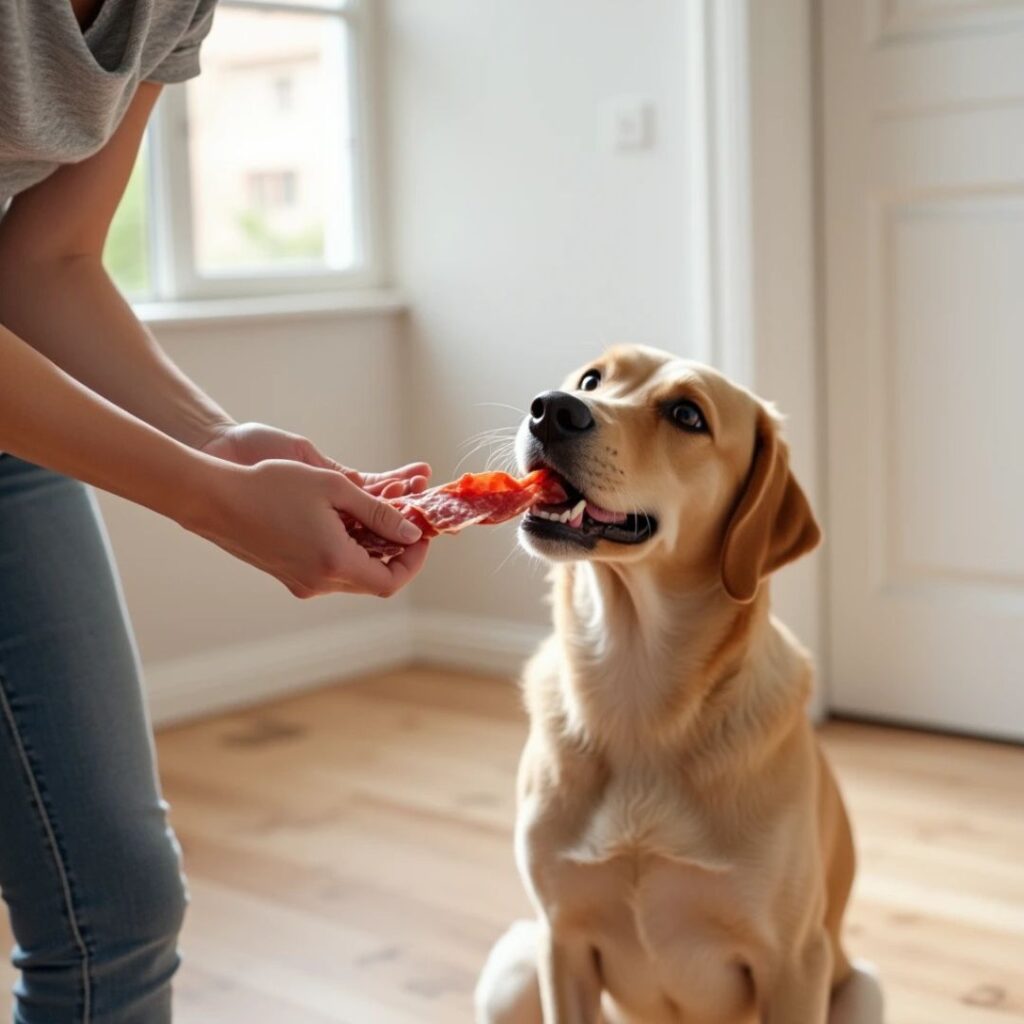
Although it’s not the healthiest choice, giving your dog a tiny slice of bologna as a treat once in a while won’t hurt them. Many dogs love it. Keep in mind that Garlic is toxic for your dog.

For dogs, plain carrot cake (without frosting) may be a safer option than other sugar foods. But not all its ingredients are dog-friendly.
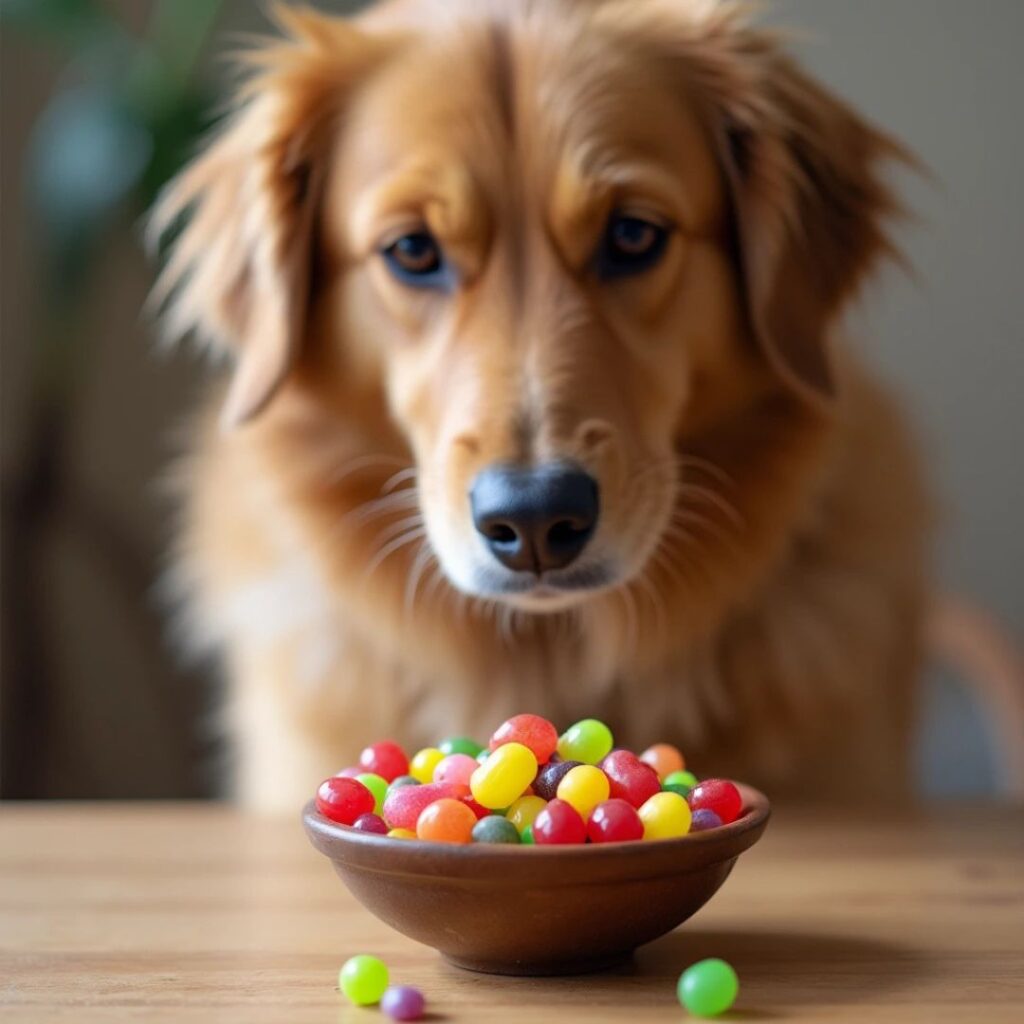
Even though they might be colorful and tempting, they aren’t as good for your dog. So you should avoid them especially for small dog breeds and the young ones. Whether it’s Black jelly beans, licorice beans or Starburst jelly beans, they all might cause health issues like blood pressure and muscle damage. (Sugar is your dog’s number one enemy)
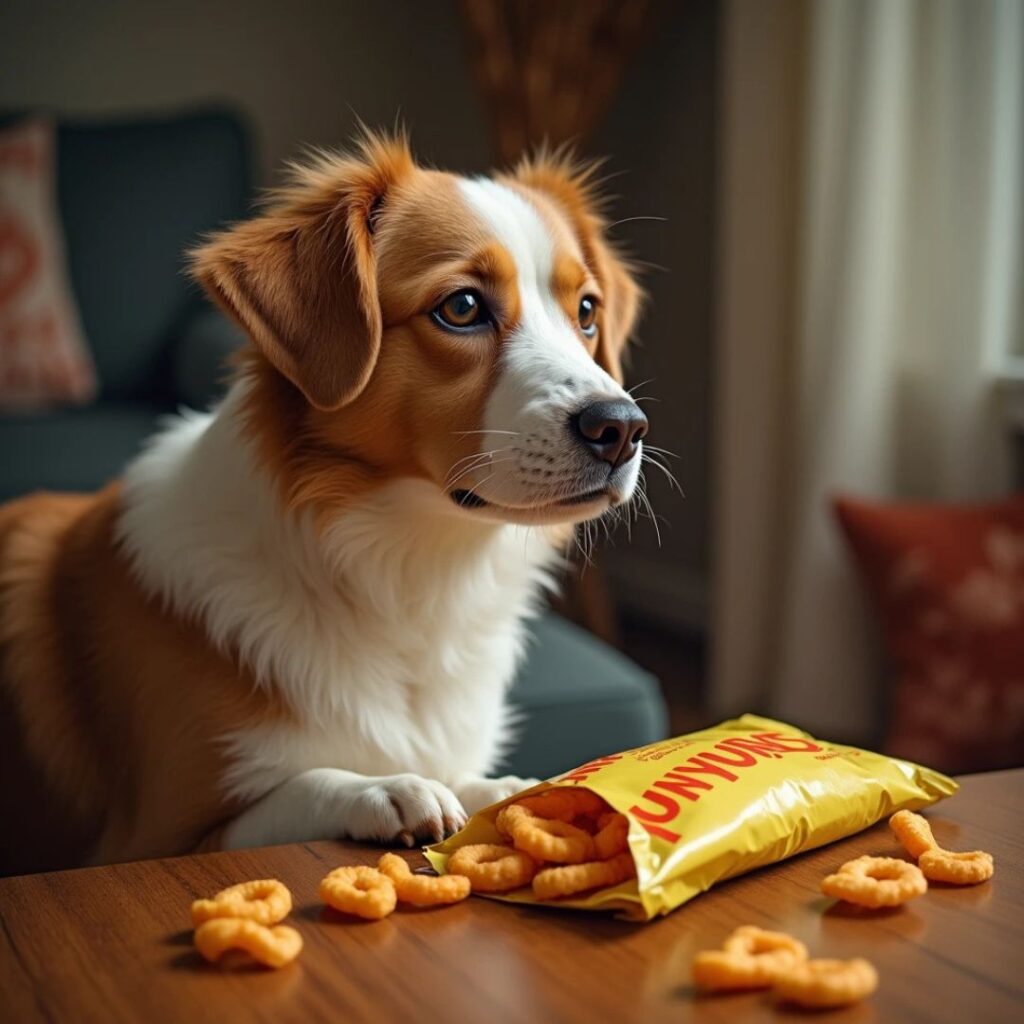
Funyuns aren’t healthy for dogs, even if they’re not alway harmful. They might be offered as an extremely rare treat. Those onion-flavored chips contain onion powder and other harmful seasoning in them. Onion is toxic for dogs and can cause anemia. So they should be avoided as much as possible.
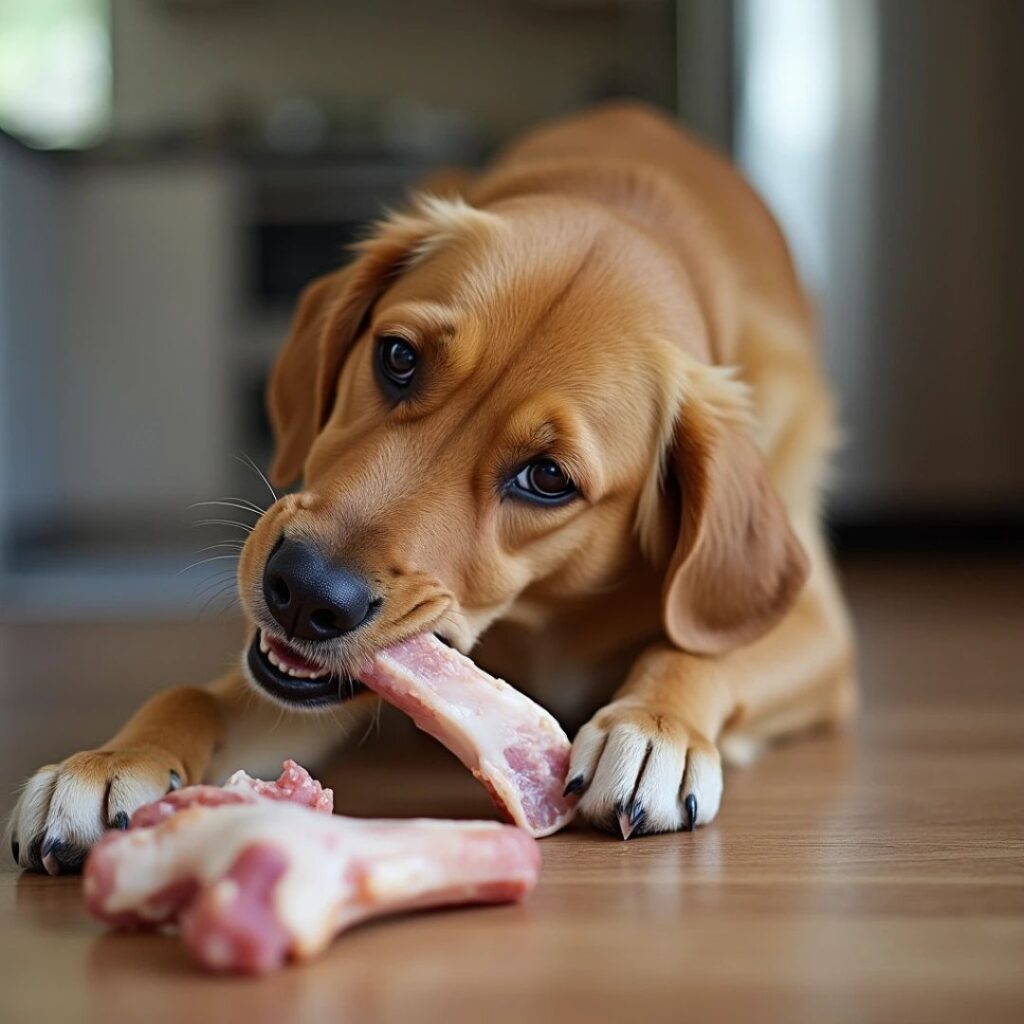
This one is a little contentious. Although raw chicken bones can be included in a dog’s well-balanced raw diet, they might come with risks for small ones. There is a risk for injury.
Equipped with this knowledge, you can introduce some diversity into your pet’s food. Never forget that moderation is essential. The primary source of nutrition for your dog should always be a well-balanced, professionally prepared dog food.
Sign up for our newsletter and receive the next story before it is lunched
Our blog is made with love to give you advice on how to take care of your beloved pets and to help you learn everything about their stories